LIFE
25 Indicators That Your Old Watch is Actually Really Valuable
Published
9 months agoon

Shutterstock
To most, watches are little more than just timekeeping devices; And yet, there remain the dedicated few that view them as pieces of art, history, and engineering marvels. The value of an old watch can be determined by a multitude of factors that go beyond its brand and age. It’s vital that you never overlook the materials that the watch was constructed with, its provenance (Modification and previous ownership history), or even certain historical contexts behind the watch, because each element contributes to its overall appraisal value. Here are 25 indicators that your old watch might be exceptionally valuable, each shedding light on what makes these timeless treasures so prized by collectors and enthusiasts alike.
Brand Name
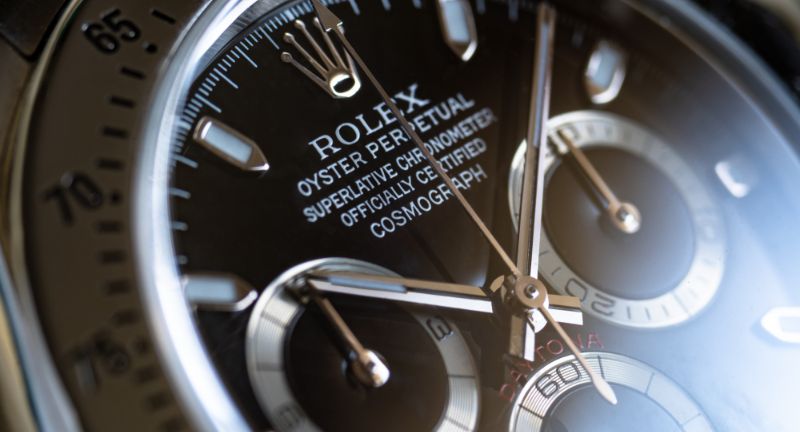
Shutterstock
The brand name of a watch can significantly affect its value. Renowned brands like Rolex, Patek Philippe, and Audemars Piguet are often highly sought after by collectors. These brands are known for their craftsmanship, precision, and heritage. Watches from these manufacturers can command high prices in the market.
Limited Edition
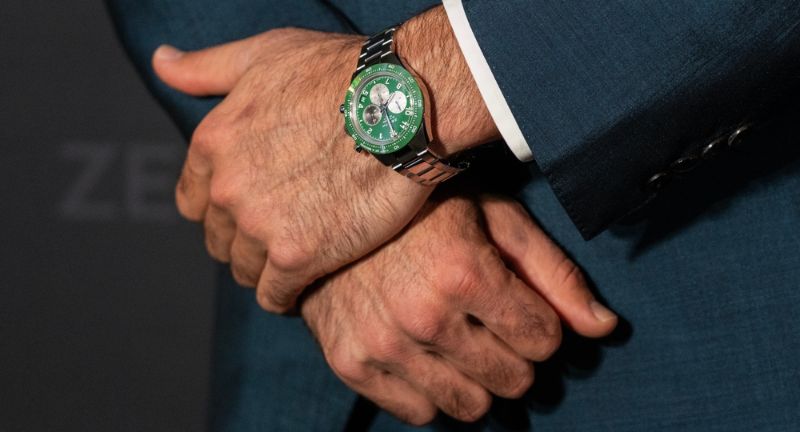
Shutterstock
Limited edition watches are produced in small quantities, making them rare and desirable. These timepieces often commemorate special events or milestones. Collectors value the exclusivity and uniqueness of limited editions. Their scarcity can lead to increased demand and higher market prices.
Precious Metals

Shutterstock
Watches made from precious metals like gold, platinum, and silver are often more valuable. These materials not only add intrinsic value but also signify luxury and craftsmanship. The weight and purity of the metal can influence the watch’s overall worth. Collectors often seek out these pieces for their investment potential and aesthetic appeal.
Original Box and Papers
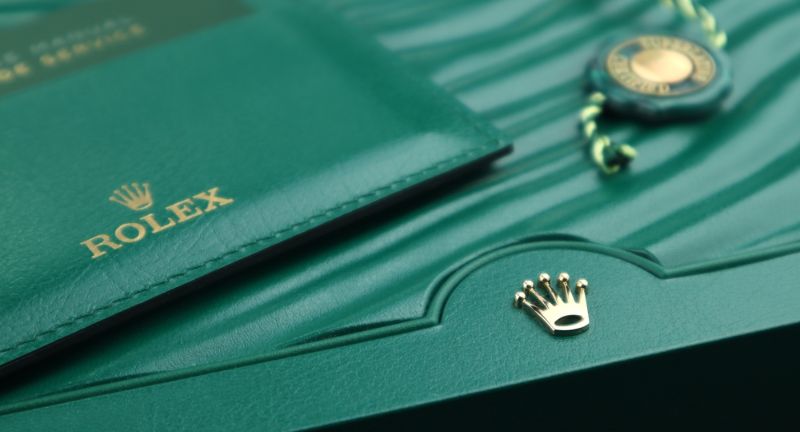
Shutterstock
Having the original box and papers can greatly enhance a watch’s value. These items provide proof of authenticity and original ownership. They also offer insights into the watch’s history and provenance. Collectors and buyers are often willing to pay a premium for watches that come complete with their original packaging and documentation.
Mechanical Movement
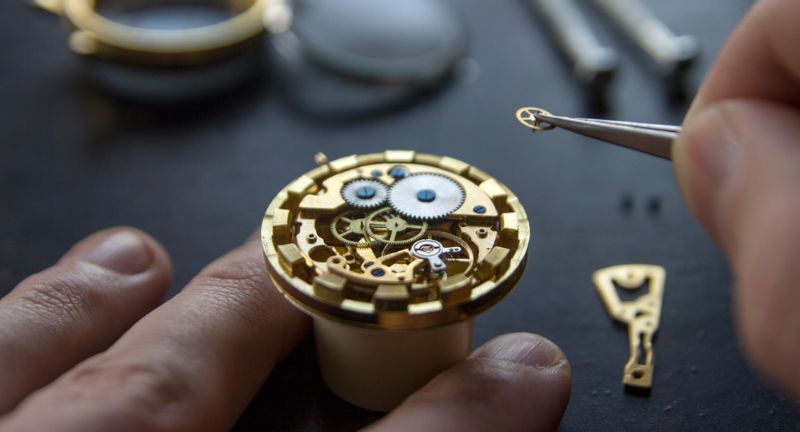
Shutterstock
Watches with mechanical movements are prized for their intricate engineering and craftsmanship. Unlike quartz watches, mechanical watches are powered by a complex system of gears and springs. This type of movement often signifies a higher level of quality and tradition. Collectors appreciate the skill and precision involved in creating these timepieces.
Complications
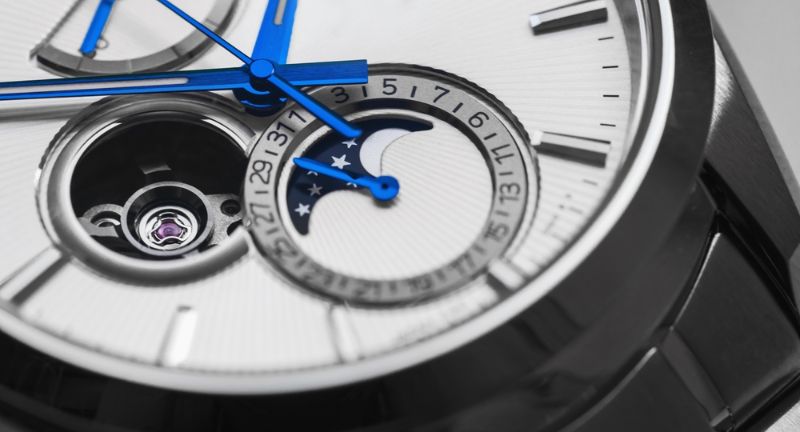
Shutterstock
Watch complications, such as chronographs, moon phases, and perpetual calendars, add functionality and complexity. These features demonstrate the watchmaker’s expertise and innovation. Watches with multiple complications are often more valuable due to their technical sophistication. Collectors seek these pieces for their rarity and intricate design.
Historical Significance

Shutterstock
A watch with historical significance can hold great value. Timepieces that have been part of significant events or owned by notable individuals are especially prized. These watches often come with fascinating stories and a sense of connection to the past. Their unique history can significantly boost their desirability and worth.
Celebrity Ownership

Shutterstock
Watches previously owned by celebrities often fetch high prices at auction. The association with a famous personality adds allure and prestige. Collectors and fans are willing to pay a premium for these unique pieces. The provenance and connection to a celebrity can significantly increase the watch’s value.
Age and Rarity
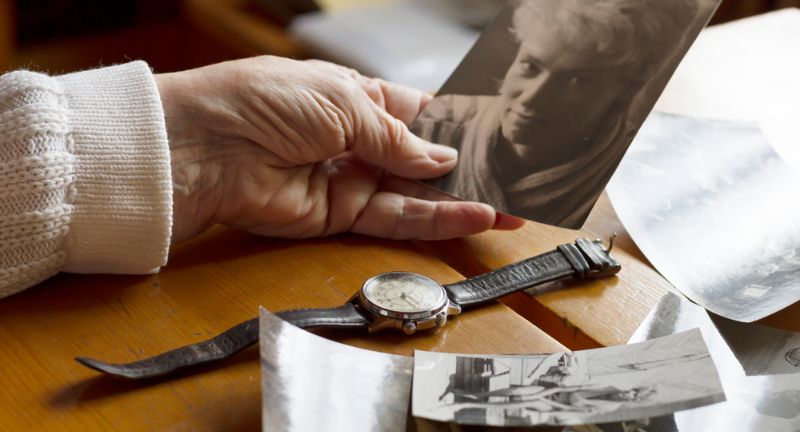
Shutterstock
The age and rarity of a watch are important factors in determining its value. Vintage watches that are hard to find often attract collectors. Older timepieces can offer a glimpse into past watchmaking techniques and styles. Their scarcity and historical significance make them highly sought after in the market.
Condition
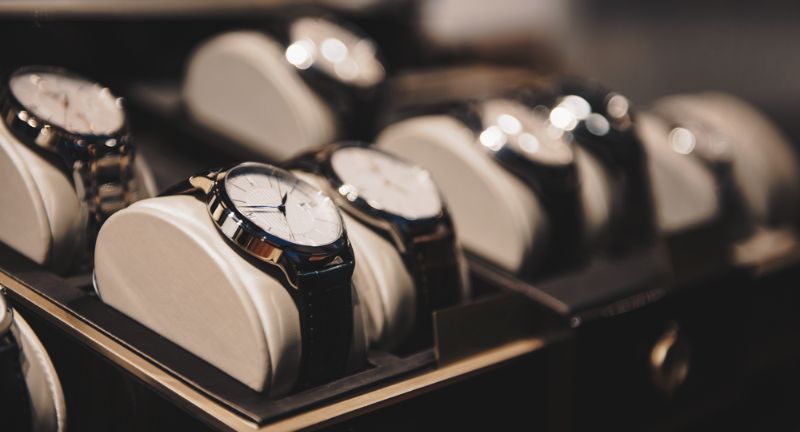
Shutterstock
The condition of a watch plays a crucial role in its valuation. Watches in excellent, well-maintained condition are more desirable. Factors such as minimal wear, original parts, and a well-preserved dial can enhance value. Collectors look for timepieces that have been carefully preserved over the years.
Patina
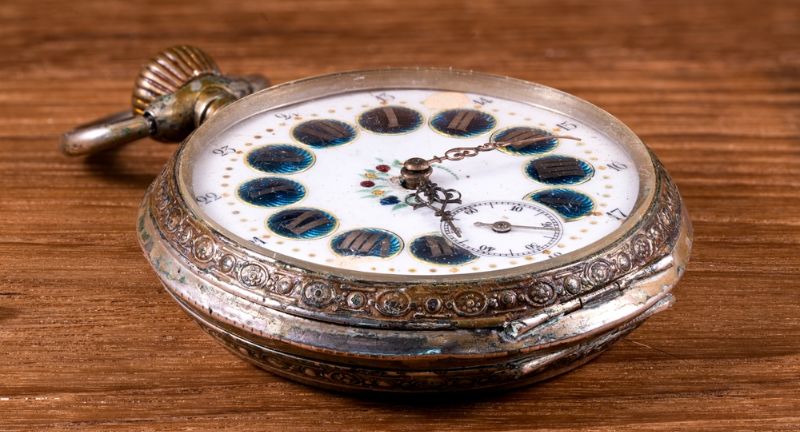
Shutterstock
Patina refers to the natural aging process of a watch, particularly the dial and hands. A well-developed patina can add character and uniqueness to a timepiece. Collectors often value patina as it signifies authenticity and the passage of time. A beautifully aged watch with a pleasing patina can command a higher price.
Manufacturer’s Logo
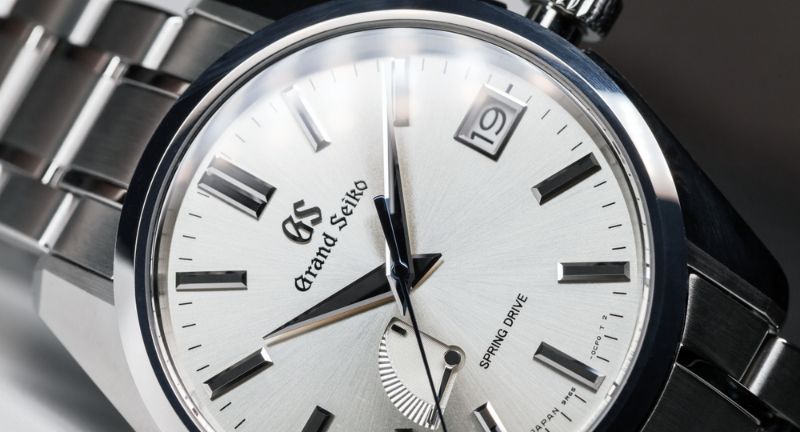
Shutterstock
The presence and design of a manufacturer’s logo can impact a watch’s value. Logos often signify authenticity and brand heritage. Some logos, particularly those from prestigious watchmakers, are highly recognized and respected. Collectors appreciate the craftsmanship and prestige associated with certain logos.
Dial Design
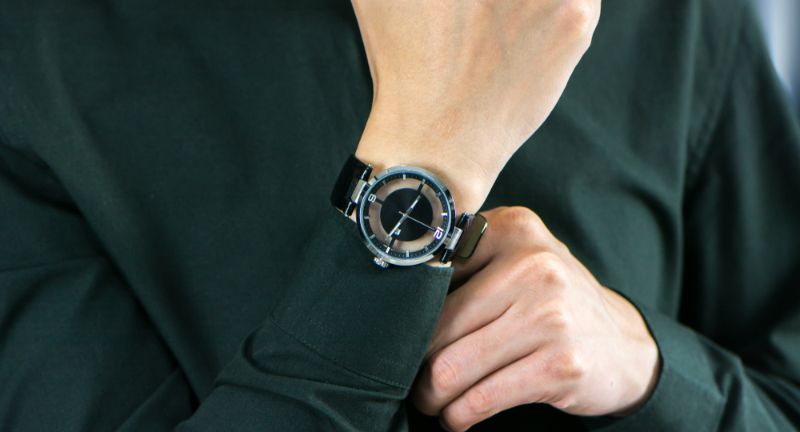
Shutterstock
The design of a watch’s dial can significantly influence its desirability. Unique and intricate dial designs are often more valuable. Elements such as color, layout, and markers contribute to the overall aesthetic appeal. Collectors seek out distinctive dials that stand out and enhance the watch’s visual charm.
Bezel Type
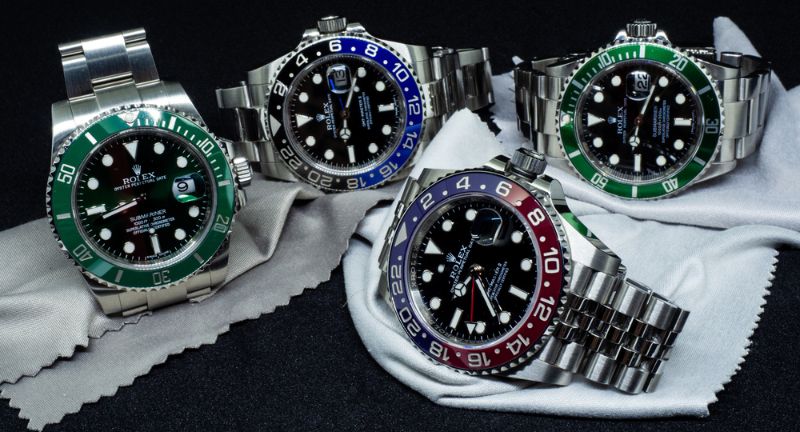
Shutterstock
The type and condition of a watch’s bezel can affect its value. Bezels can be made from various materials, including precious metals and ceramics. The design and functionality, such as rotating or fixed bezels, also play a role. Collectors often look for well-preserved and unique bezels as part of the watch’s overall appeal.
Case Material
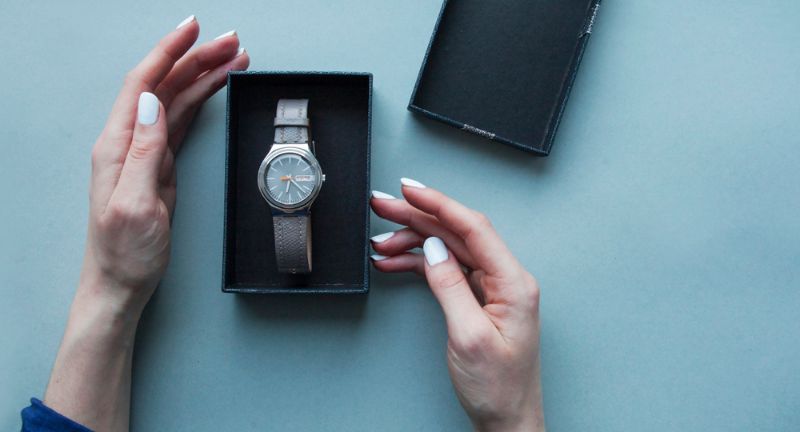
Shutterstock
The material of a watch case can significantly influence its value and appeal. High-quality materials like gold, platinum, and stainless steel are often more desirable. The case material affects the watch’s durability, weight, and overall aesthetic. Collectors appreciate watches with premium materials that enhance both value and longevity.
Strap/Bracelet Originality
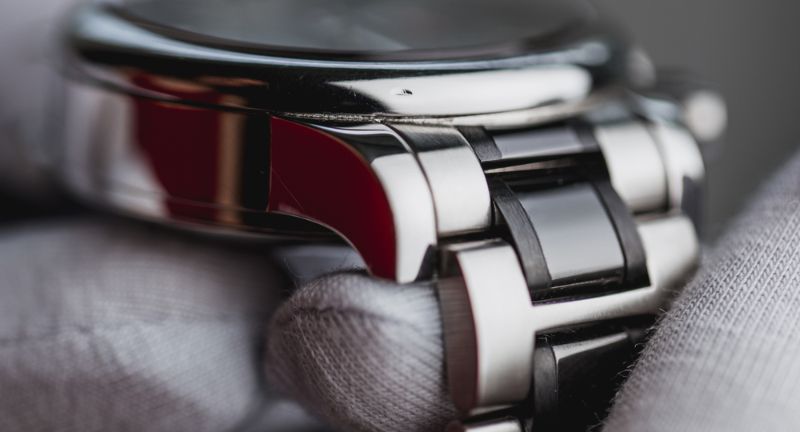
Shutterstock
The originality of the watch’s strap or bracelet is an important factor for collectors. Original straps and bracelets are often more valuable than replacements. They contribute to the authenticity and originality of the timepiece. Collectors seek watches with all-original components, as they reflect the watch’s true history and condition.
Serial Number
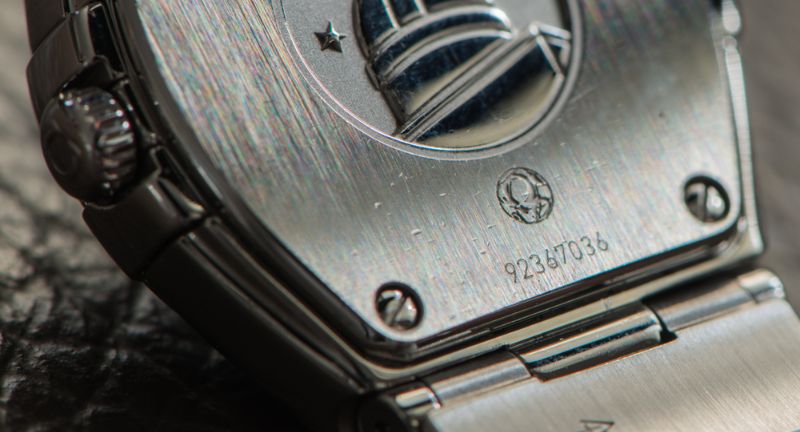
Shutterstock
A watch’s serial number can provide important information about its production and authenticity. Serial numbers help trace the watch’s origin and history. They can indicate the manufacturing date and batch. Collectors often use serial numbers to verify the watch’s legitimacy and provenance.
Signature Engravings
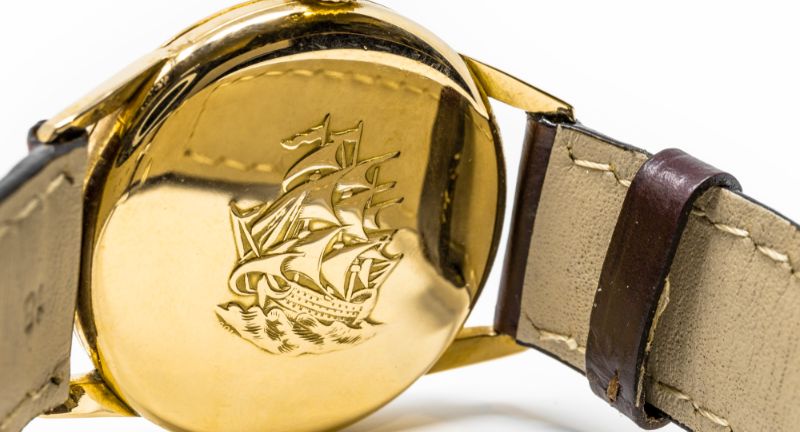
Shutterstock
Signature engravings can add value and uniqueness to a watch. These engravings often signify special editions, awards, or commemorations. They add a personal touch and historical context. Collectors appreciate the added detail and significance that signature engravings bring to a timepiece.
Provenance
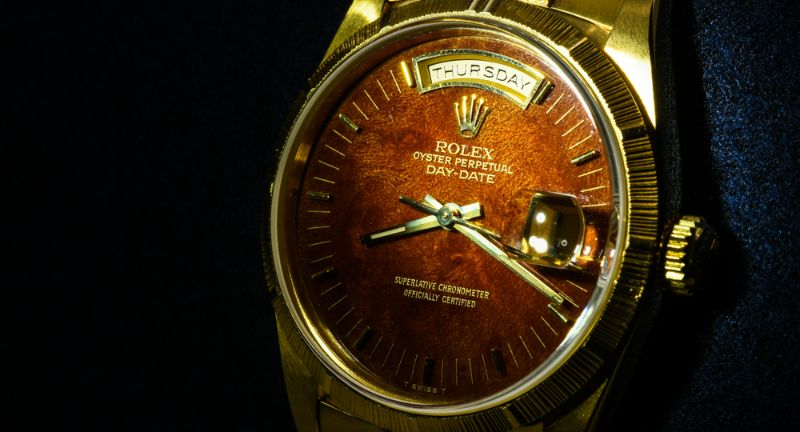
Shutterstock
Provenance refers to the documented history of a watch’s ownership. A well-documented provenance can significantly increase a watch’s value. It provides authenticity and a story behind the timepiece. Collectors value watches with clear, traceable histories that add to their allure and legitimacy.
Auction Results

Shutterstock
Previous auction results can be a strong indicator of a watch’s value. Watches that have fetched high prices at auction are often more desirable. Auction records provide a benchmark for market value. Collectors and buyers use these results to gauge the potential worth of similar timepieces.
Market Demand
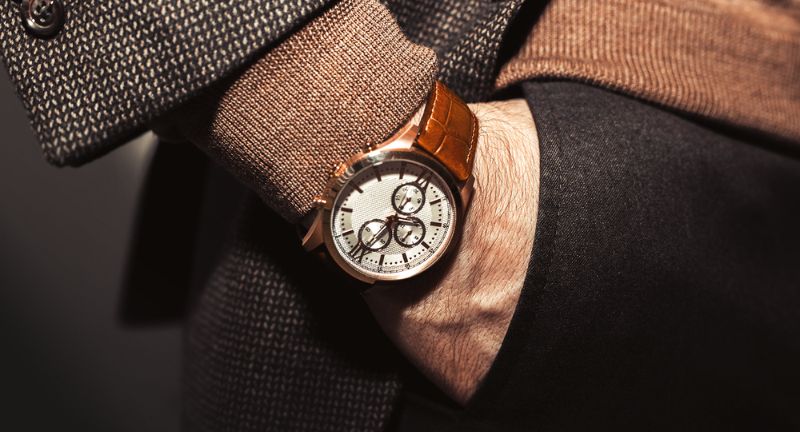
Shutterstock
The current market demand for a specific watch can greatly influence its value. Watches that are in high demand often command higher prices. Trends and collector interest can shift, affecting desirability. Keeping an eye on market trends helps determine a watch’s potential value and investment potential.
Movement Type
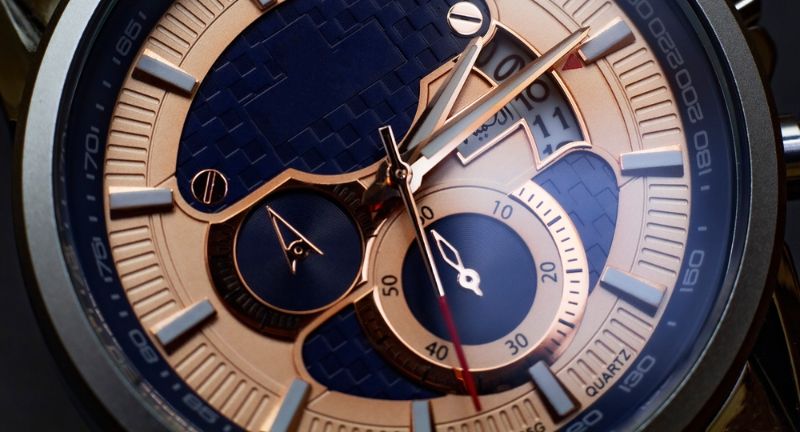
Shutterstock
The type of movement inside a watch can significantly affect its value. Mechanical and automatic movements are often more prized than quartz movements. The complexity and craftsmanship involved in creating these movements add to the watch’s allure. Collectors often seek watches with high-quality, intricate movements.
Hand Craftsmanship
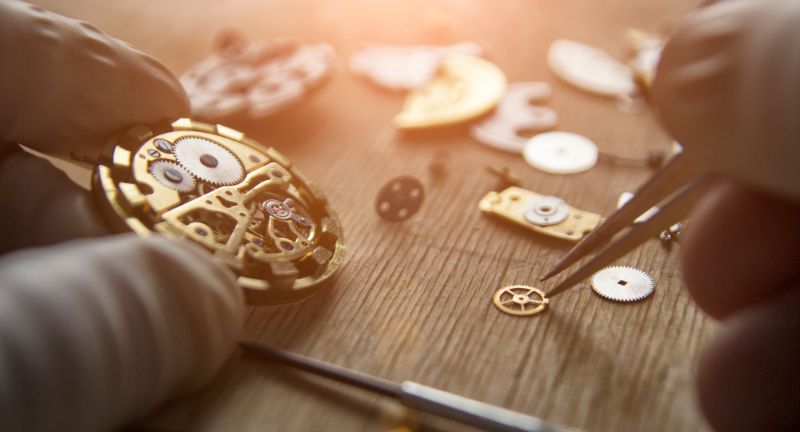
Shutterstock
Watches that showcase hand craftsmanship are highly valued. Hand-finished components and meticulous detailing signify high quality and artistry. These timepieces often reflect the watchmaker’s skill and dedication. Collectors appreciate the unique, handcrafted elements that distinguish these watches from mass-produced models.
Collectors’ Forums
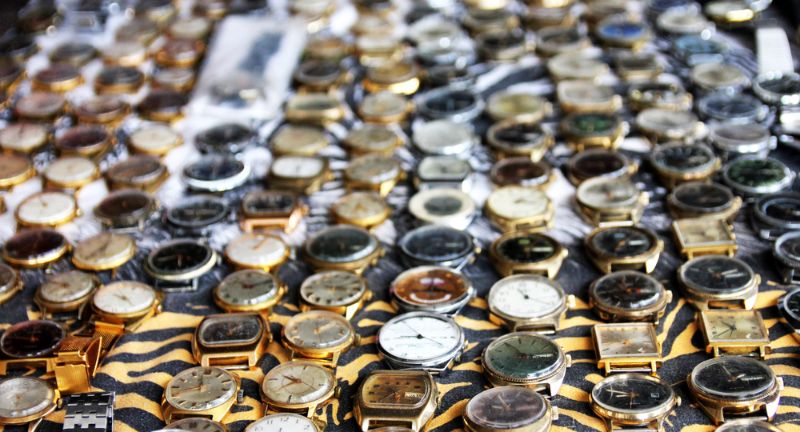
Shutterstock
Active participation in collectors’ forums can provide insights into a watch’s value. These communities share information, trends, and evaluations. Knowledge from experienced collectors can highlight important aspects of a timepiece. Engaging with these forums helps in understanding market preferences and the worth of specific watches.
Exhibition History
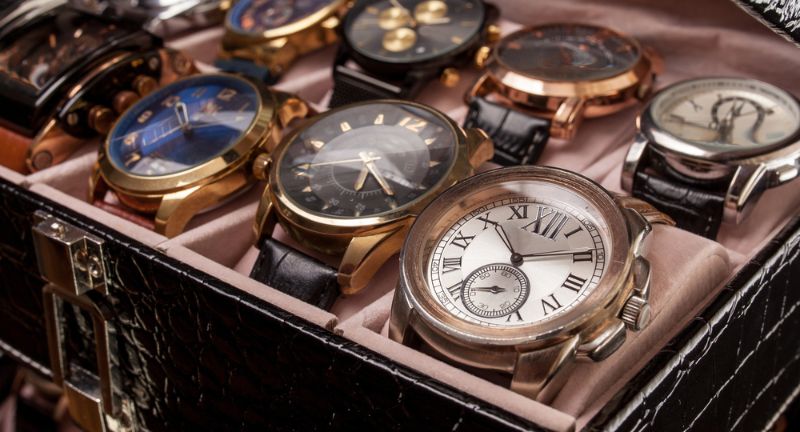
Shutterstock
A watch that has been exhibited in museums or renowned shows can have increased value. Exhibition history adds prestige and recognition. It signifies the watch’s importance and uniqueness in the horological world. Collectors often seek out these timepieces for their cultural and historical significance.
Conclusion
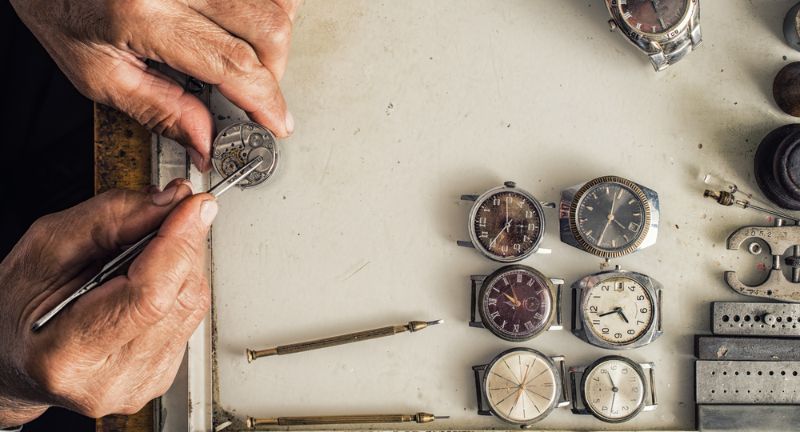
Shutterstock
Determining the value of an old watch requires careful consideration of various factors. Each element, from brand name to provenance, plays a crucial role in assessing its worth. By understanding these indicators, you can better appreciate the true value of your timepiece. Whether for investment or sentimental reasons, recognizing the potential value of your watch adds to its allure. Ultimately, a valuable watch is not just a timekeeper but a cherished piece of history and craftsmanship.
Related Topics:

More Money + Investing
-


5 U.S. Cities Most Threatened By Climate Change
-


7 Once Affordable Things That Are No Longer Worth It
-


Low Stress Jobs That Pay Over $70,000
-


I Won the Lottery! Now What? A Guide to Staying…
-


24 of the Fastest Ways to Build Passive Income
-


6 Tax Mistakes Made By The Middle Class Every Year
-


Social Security Adjustments Coming In 2024 – Here’s What You…
-


7 Scams Targeting Older People And How To Protect Your…
-


20 Things You Should Never Leave in a Will
-


20 Indulgent Purchases That Trap the Middle Class
-


5 Things That Are No Longer Worth Buying
-


20 Easy Ways to Simplify and Organize Your Financial Life